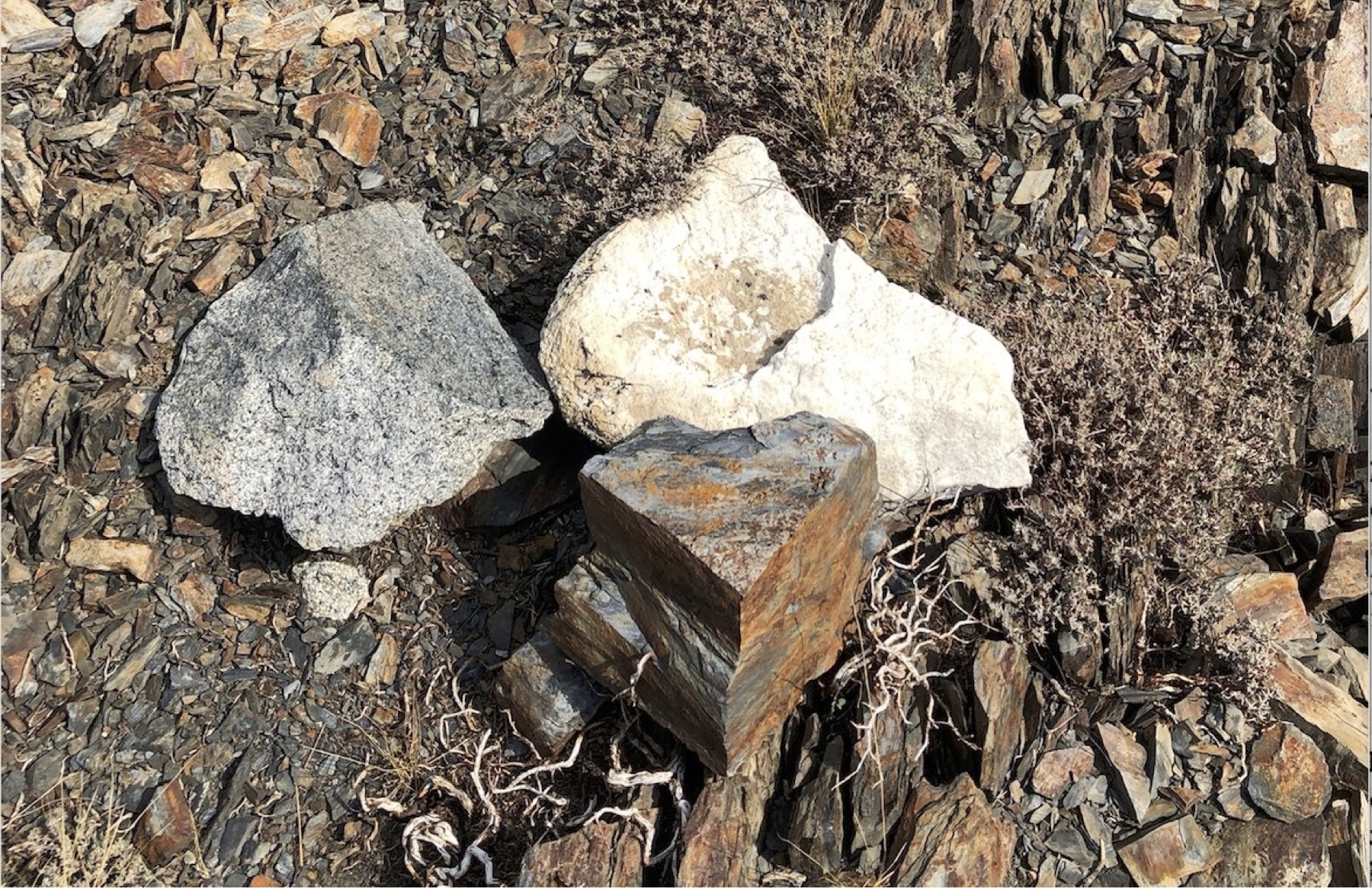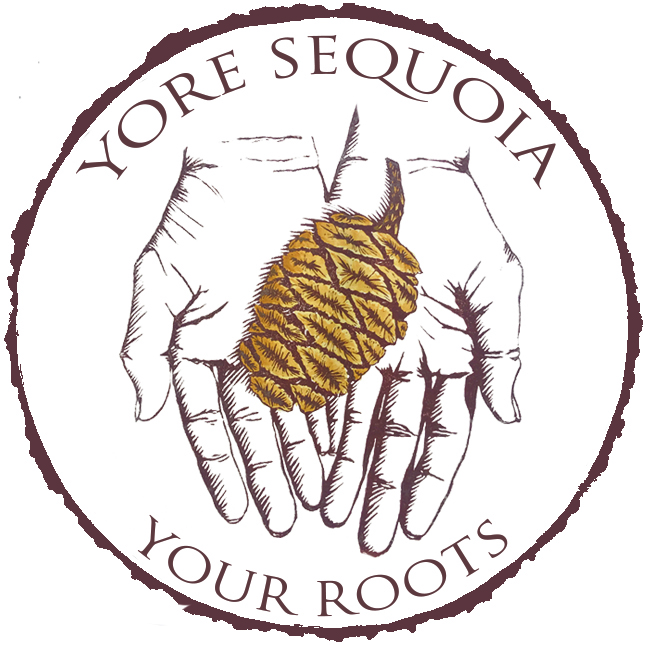Part Six: Silver Fever
By Laile Di Silvestro. Published March 2025.
This is Part Six of a multi-part series by historical archaeologist Laile Di Silvestro. The series started with an astonishingly bold act—two women staking a claim in the remote Mineral King Mining District in what is now Sequoia National Park. The tale unfolds in California in the second half of the 19th century. It was place and time where women struggled to thrive within power structures that favored unscrupulous men. It is a true story. Read Part Five HERE.
While Melvin Gilkey was hurtling towards his demise, our Gilkeys—Edwin, Ellen and their three girls—took a more peaceable route north to Oakland, and then south to Centerville in Fresno County where the two older girls got married.
In the spring of 1877, three years after his brother’s violent end, Edwin, with Ellen and their daughter Lizzie, finally settled in Sand Creek, Tulare County, about 25 miles north of Visalia. Surprisingly, given the Gilkey animosity towards the landed ranchers of Santa Cruz and Monterey Counties, the family took up livestock ranching.
The “discovery” of silver in Mineral King in 1873 had drawn many of the local “sheep men” and seasonal shepherds to Mineral King where they filed mine claims. The San Francisco Post wrote of the silver rush that “[p]eople are sometimes scourged with small pox, cholera, two and a half per cent per month compound interest, droughts and many other little inconveniences that vary the monotony and are incident to a hog raising and sheep raising community, but a horn silver epidemic was unexpected.”
Ellen, Edwin, and Lizzie were not spared the “horn silver epidemic.” In July of 1877 they, perhaps inevitably, made their way to the mines.
The Gilkeys found three adjacent claims in the White Chief watershed that had been abandoned by their prior owners. There, eighty million years earlier, quartz had intruded preexisting slate, producing sparkling minerals that must have given the Gilkeys visions of lives of comfort…without sheep. From their claims, they had spectacular views up the White Chief Cañon and out over Lone Horse Cañon to the rows of serrated ridges and peaks beyond. They had two existing camps on their claims to choose from, and water from a spring-fed pond.
Mineral King’s miners had different ways of staking their claims. Some penciled or nailed notices on blazed trees, and some carved trees with initials or numbers. Some simply piled up rocks to create a stone monument. Others created simple stone towers. Some expended considerable effort to build squared walls filled with rubble.
The monuments of Ellen and Lizzie’s mine claim were more subtle. The comprised three rocks; one granite, one slate, and one marble. These rocks were arranged around a wood post, to which the women attached their mine claim notice with a piece of wire.
Yes, Ellen and Lizzie owned their own mine claim. It was the third extension south on the Lady Alice Lode, and it was a veritable mine claim with glistening outcrops that beckoned a pickaxe. They paid $5 to record it.
Female mine ownership was all but unheard of in the 1870s, yet, Ellen and Lizzie joined four other women who claimed Mineral King mines in 1877, and thirty-seven other women who claimed mines during the Mineral King silver rush of 1873-1882.
Do you find yourself discounting the validity of these claims or the women’s ownership role? You wouldn’t be alone. But, yes, these were real mine claims. The women’s ownership was identical to male ownership, and there was no advantage to husbands in having their wives or daughters own claims. And… some women made considerable money off of their Mineral King mine claims.
Ellen and Lizzie did not.
The Gilkeys retained their claims for two years, but failed to demonstrate an annual investment of $100 in 1878. Accordingly, others took over the claims in 1879.
Perhaps it didn’t matter. Soon, Lizzie’s silver fever would be supplanted by a completely different sort of condition.

To be continued…
Read Part 7.
Read the entire series here.
Sources:
Census records (Alameda County, Fresno County, Monterey County, CA; Santa Cruz County, CA)
Marriage records (Fresno County, Tulare County)
Mineral King Mining District Records 1873-1890 (Volume 1: 665-7)
San Francisco Post. “Tom Fowler’s Empire Mine—A Pome.” 5 December 1878.
